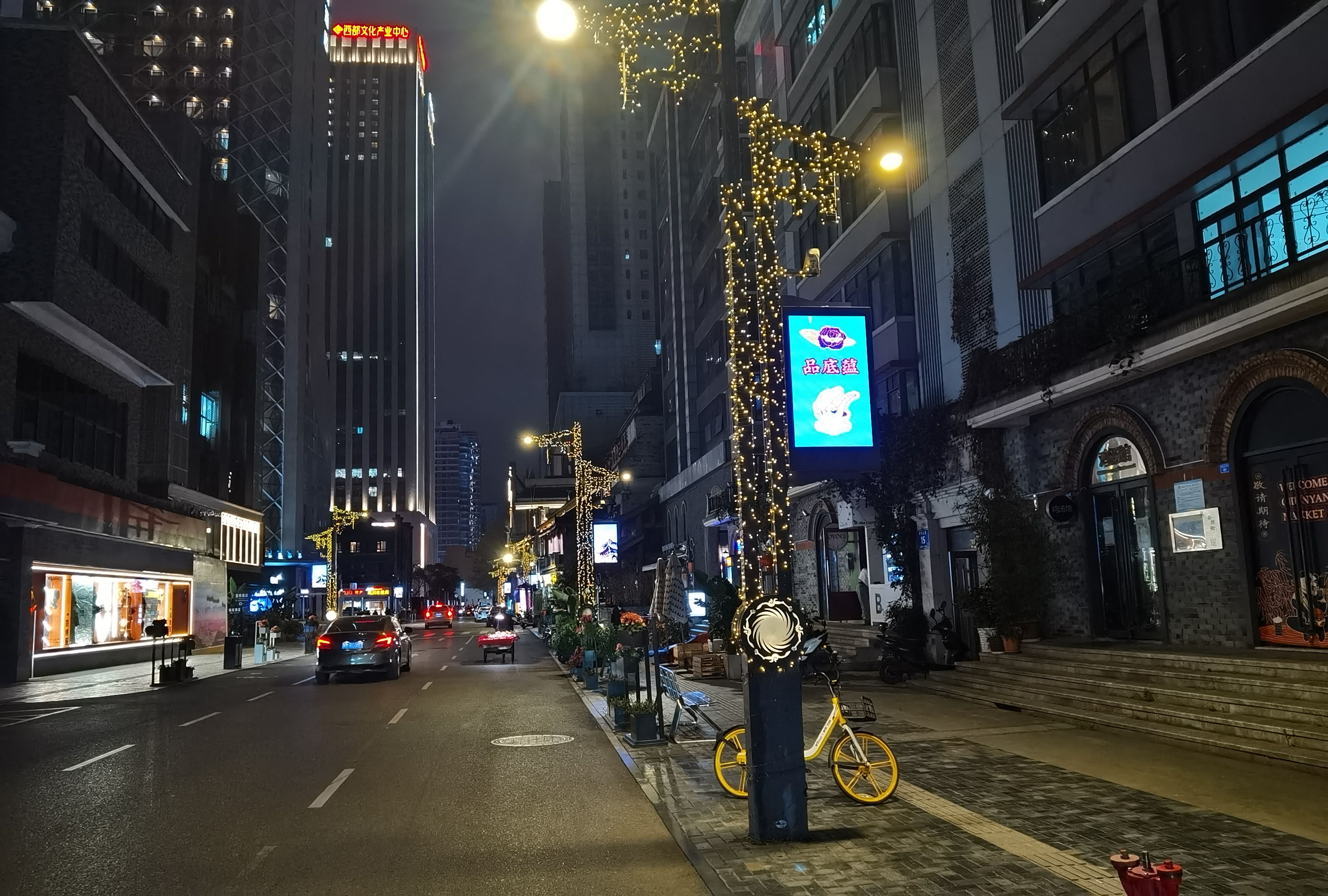LED rental screens compared to LED screen for home
Author: Huajiang
Date: 2024-03-16 16:01:48
When discussing LED Rental Screen and LED Screen for Home, we inevitably delve into two distinct LED display technologies: direct-emission LED screens and backlit LED screens. Let's explore the differences between them and their applications in LED rental screens and home LED screens.
- Direct-emission LED Screens vs. Backlit LED Screens:
- Direct-emission LED Screens: Direct-emission LED screens are commonly seen in LED rental screens. Due to their direct emission of light, they perform exceptionally well in outdoor or high-light environments, suitable for various events such as concerts and exhibitions. However, the higher cost and energy consumption of direct-emission LED screens result in relatively fewer applications in home environments.

- Backlit LED Screens: Home LED screens typically utilize backlit LED technology. These screens offer a softer display effect, making them suitable for indoor environments. They are commonly found in home theaters, gaming rooms, providing users with a high-quality audiovisual experience.
- Characteristics of LED Rental Screens:
- LED rental screens often require frequent relocation for different events and venues. Therefore, the high brightness and contrast of direct-emission LED screens are crucial. Additionally, LED rental screens need to be flexible and customizable to meet the diverse needs of various occasions.
- Characteristics of LED Screens for Home:
- Home LED screens prioritize user experience and long-term usage. The soft display effect and low energy consumption of backlit LED screens make them an ideal choice for home entertainment. Furthermore, home LED screens often come with more intelligent features such as smart connectivity and voice control, enhancing user convenience.
In conclusion, there are differences in technology selection between LED Rental Screens and LED Screens for Home
When it comes to LED Rental Screen and LED Screen for Home, we can delve deeper into their differences and applications through specific scenarios and examples.
- LED Rental Screen:

- Concert Venue: Picture a large outdoor concert venue with thousands of attendees gathered together, requiring a high-brightness and high-contrast LED screen to display performances or provide real-time video. In such a scenario, LED Rental Screen comes into play. These screens typically utilize direct-emission LED technology, as it performs better in high-light environments.

- Trade Show: Trade shows often require frequent content changes and setups in different exhibition halls or venues. The flexibility and customization capabilities of LED Rental Screen make it a common choice for trade shows, displaying product introductions, brand promotional videos, and more.
- LED Screen for Home:
- Home Theater: In a home theater setup, a backlit LED screen is the preferred choice. Its soft display effect and lower energy consumption ensure comfort and affordability in the viewing experience. LED screens in home theaters provide crisp high-definition images and immersive audio effects, offering the ultimate audiovisual enjoyment for families.
- Gaming Room: In a gaming room, a home LED screen can deliver a seamless gaming experience. The high brightness and low glare properties of backlit LED screens make them less fatiguing for the eyes during extended gaming sessions, and their fast response times ensure smooth and accurate game visuals.
Through these specific scenarios and examples, we can see the differences in technology selection and application scenarios between LED Rental Screen and LED Screen for Home. Understanding their characteristics and making choices based on specific needs and scenarios are crucial when selecting LED screens.




